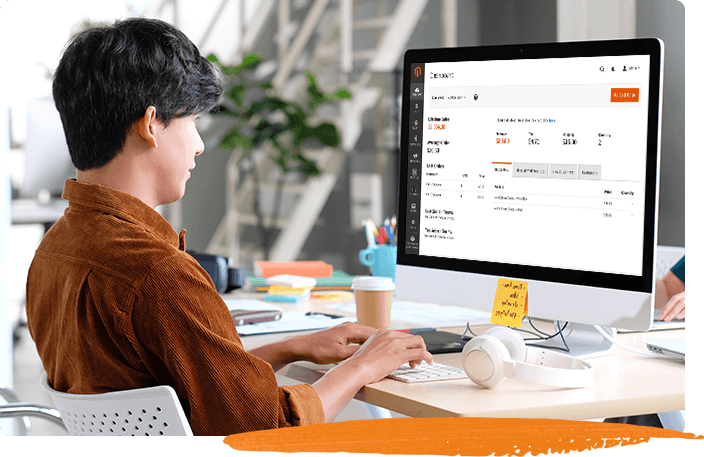Did you know that over 50,000 websites are hacked daily?
Website security is a serious priority you should regularly look into, especially if you want to keep your business safe online. To help get you started, here’s an nine-step list of things to do to ensure your website is safe on the internet.
9-Step Website Security Checklist
1. Install an SSL certificate
A Secure Sockets Layer (SSL) certificate helps secure your website and encrypt data transfers between the server and users’ devices. This is a digital file that you have to enable on your website, typically through your web host.
If your website is secured with an SSL certificate, your URL will have HTTPS and you will see a padlock symbol. Otherwise, it will just be HTTP in your URL.
2. Keep your software, plug-ins, and extensions up-to-date
Regardless of what website platform you’re using, make sure to update it regularly to minimise its vulnerability against hackers and data loss. Also, remember to update any plug-ins and third-party applications you use because hackers tend to exploit older versions.
3. Secure access points
Secure your website by restricting sensitive areas to authorised users and implementing different permission levels to have better control over what individuals can modify.
Remember to follow password management best practices, such as creating strong passwords and updating them regularly, at least once every quarter. You should also set up two-factor authorisation (2FA) for especially at-risk areas, particularly those that include private data. You can also use a password management tool to recommend and store your passwords so you don’t have to remember all of them.
4. Install firewall protection
Firewalls add another layer of online protection. They work by verifying whether incoming network connections meet a certain set of security standards. If the incoming connection meets these standards, it’s considered safe and lets it connect to your network. Otherwise, the firewall will block the connection and prevent it from accessing your network.
The way you set up a firewall depends on the type of website you have. Most managed web hosts already come with firewall protection. If you have a self-hosted website, you may need the help of a web developer to install this for you.
5. Remove malicious code
Malicious code and malware can create backdoors that let hackers access your website without your permission. Some of these could be leftovers from previous development work, or they can be hidden in third-party software and evade detection. You can eliminate these by using anti-malware software that will regularly scan your site and remove any malicious code it finds.
6. Monitor traffic and prepare for surges
Some hackers might try to infiltrate your website by pinging it with large volumes of traffic over a short period. These are designed to overload your servers with multiple requests, which can ultimately make your website inaccessible and potentially cripple your business.
However, since these requests are coursed through legitimate channels (ie. the same channels your real website visitors use), it can be difficult to protect against this type of attack. Developers can address this for you, usually with a combination of a firewall and a secure Content Delivery Network (CDN), which will help protect you from any malicious traffic, while allowing legitimate traffic through.
7. Use a staging site to test website changes
Make sure you test big website changes or new software on a separate staging site before deploying them on your live site. This keeps your live site within a secure environment, allowing you to safely test and eliminate any bugs and vulnerabilities you encounter. A staging site also helps ensure that everything works as intended in the final version.
Staging sites should be inaccessible to unauthorised users. The way you create one depends on the platform your website is on. Some have tools that automatically create one for you, but you might also need to manually create one or more, depending on your needs.
8. Conduct regular website backups
You should also conduct frequent website backups, both manually when making big changes, and automatically at regular intervals. Backups can save your website in case you break something or in the event of a successful attack.
There are a number of ways you can backup your website, which usually depend on the platform you’re using or your web host. Some plugins may also automate this task for you. It’s best to consult with an expert familiar with your specific tech stack to determine the best way to go about this.
9. Educate your team
Lastly, remember to educate yourself and your team about website security risks and how to deal with them. Conduct regular web security or infosec awareness webinars or courses to keep your team updated and awareness top-of-mind. You can also create a resource for documenting standard protocols, so everyone is on the same page.
Get Reliable Web Hosting for a Website Security Solution
Do you want a comprehensive website security solution that can help you meet this checklist consistently?
We offer fully-managed web hosting services to keep your business safe on the internet. You can also ask us about our website security services if you need a custom solution.
Contact us today to get started.







